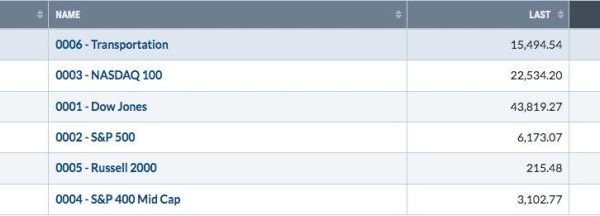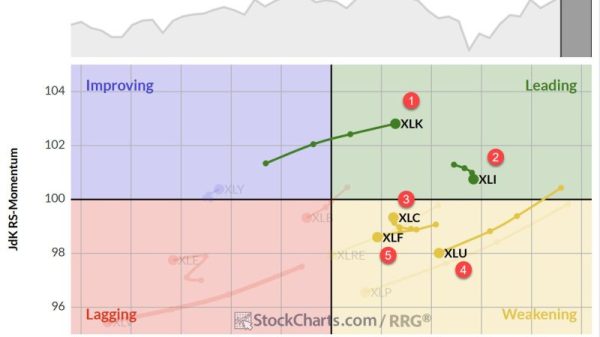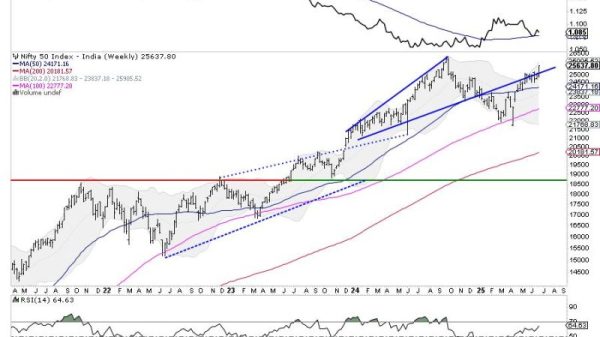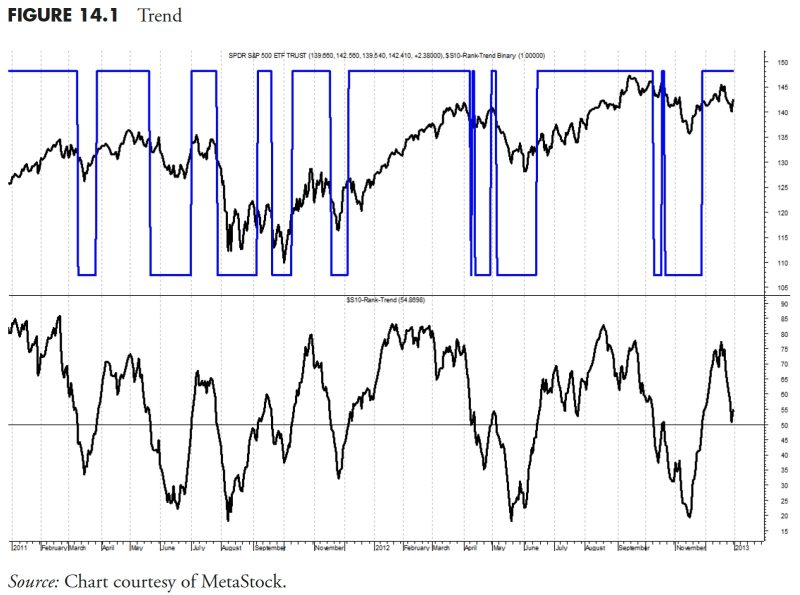In the world of investment management, security ranking measures play a crucial role in determining how assets are allocated within a portfolio. The process of ranking securities involves evaluating various factors to determine the relative attractiveness and risk profile of each security. These rankings are then used to inform portfolio construction decisions and optimize risk-adjusted returns for investors. In this article, we will delve into the importance of security ranking measures and how they can be effectively utilized in rules-based money management strategies.
One of the primary objectives of security ranking measures is to identify securities that offer the most attractive risk-return trade-offs. By evaluating a range of quantitative and qualitative factors, portfolio managers can assess the potential returns and risks associated with each security in the investment universe. Factors such as historical performance, valuation metrics, and fundamental analysis are commonly used to rank securities and allocate capital according to their expected contribution to the overall portfolio.
Moreover, security ranking measures are instrumental in implementing rules-based investment strategies. These strategies rely on predetermined criteria and algorithms to guide investment decisions, removing emotional biases and subjectivity from the process. By incorporating security ranking measures into a rules-based framework, investors can systematically assess and rank securities based on objective criteria, leading to consistent and disciplined portfolio management.
One of the key advantages of using security ranking measures in rules-based money management is the ability to customize the rankings according to specific investment objectives and constraints. Portfolio managers can tailor the ranking criteria to reflect their risk tolerance, return expectations, and investment preferences, allowing for a more personalized and targeted approach to security selection. This flexibility enables investors to adapt their strategies to changing market conditions and optimize portfolio performance over time.
Furthermore, security ranking measures can help investors navigate the complexities of diversified portfolios by providing a structured framework for asset allocation decisions. By ranking securities based on their relative attractiveness and risk characteristics, portfolio managers can construct well-diversified portfolios that maximize risk-adjusted returns while adhering to predefined investment guidelines. This approach is particularly important for institutional investors and asset managers seeking to achieve specific investment objectives within a diversified portfolio context.
In conclusion, security ranking measures are a valuable tool for investors looking to enhance their portfolio management process and improve investment outcomes. By systematically evaluating and ranking securities, investors can identify opportunities, manage risks, and construct well-diversified portfolios that align with their investment goals. When integrated into rules-based money management strategies, security ranking measures can help investors achieve consistent and disciplined investment results while mitigating the impact of emotional biases and market uncertainties. By leveraging the power of security ranking measures, investors can take a more informed and objective approach to portfolio management, ultimately enhancing their long-term investment success.


































